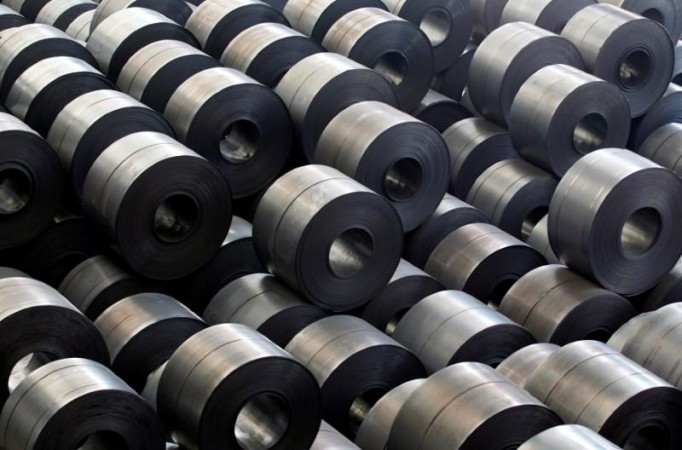
As per a report by credit rating agency Crisil, the top five steel producers in India are planning significant capital expenditures over the coming fiscal years that are expected to total Rs. 55,000–60,000 crore annually, or about twice the average annual spending over the preceding five fiscal years.
Despite this anticipated increase in investment, the credit rating agency predicts that the key players' leverage will remain below 2.0 times this fiscal year in terms of net debt to EBITDA (earnings before interest, tax, depreciation, and amortisation). Despite a little increase from the 1.6–1.7 times leverage seen in the fiscal year 2023, this estimate is made. This can be attributed to strong financial sheets, substantial cash flows, and low project risks associated with new capacity increases, Crisil said.
As per the Crisil report, the five largest domestic steel makers, who together produce over 60% of the nation's steel, are expanding their capacity due to strong demand growth and high operating rates. Domestic steel demand is anticipated to increase consistently at 7-9% this fiscal year, following growth rates of roughly 11.5% and 13.3% in fiscal years 2022 and 2023, respectively. Government programmes to boost the infrastructure and construction industries, which account for around 70% of steel usage, are mostly to blame for this.
Exports are likely to be boosted by a 1-2% increase in the anticipated mild global demand recovery, which will also improve volume growth for manufacturers. These manufacturers' operating rates are anticipated to increase, rising from an estimated 81% in fiscal year 2023 to roughly 83% current fiscal year.
Ankit Hakhu, director at Crisil is of view that almost half of the planned investment will be used to increase capacity by 25 million tonne per year, while the other half will be utilised to improve efficiency, support infrastructure, and routine maintenance.
The increase in volume, strong demand, and expanding operating margins brought on by falling coking coal prices, which account for about 40% of total production expenses, are all factors that Crisil expects will lead to stronger cash inflows. Despite the fact that increasing capex will increase the incidence of debt, Crisil forecasts that strong cash inflows will keep leverage within reasonable bounds.
Shivaramakrishna Kolluri, Team Leader at Crisil said, stable credit profiles for steel makers will be maintained despite greater capex due to robust balance sheets and low execution risks associated with new capacity increases. Crisil cautioned the industry to be on the lookout for signs of weaker-than-anticipated domestic and worldwide demand as well as potential increases in input costs, both of which might have an impact on the outlook for steel producers.